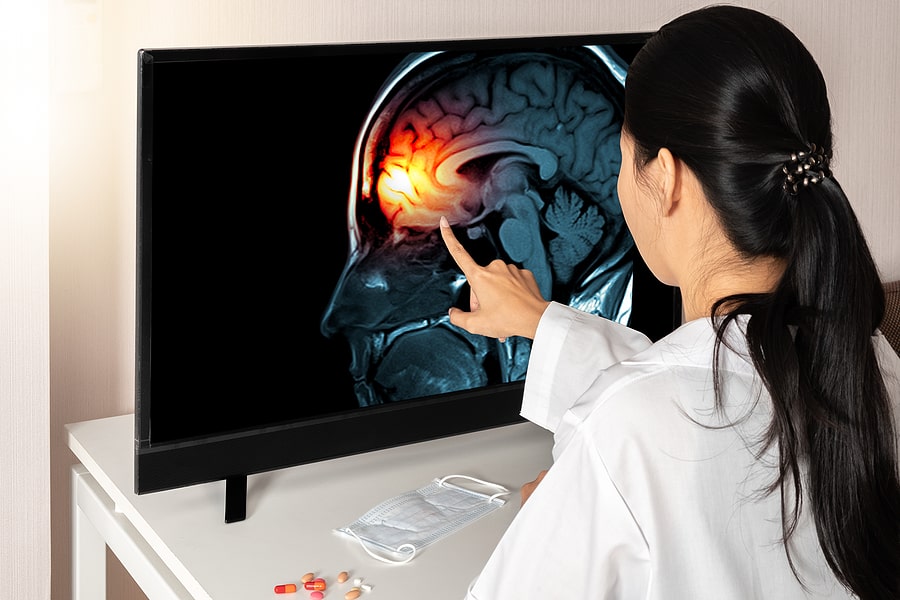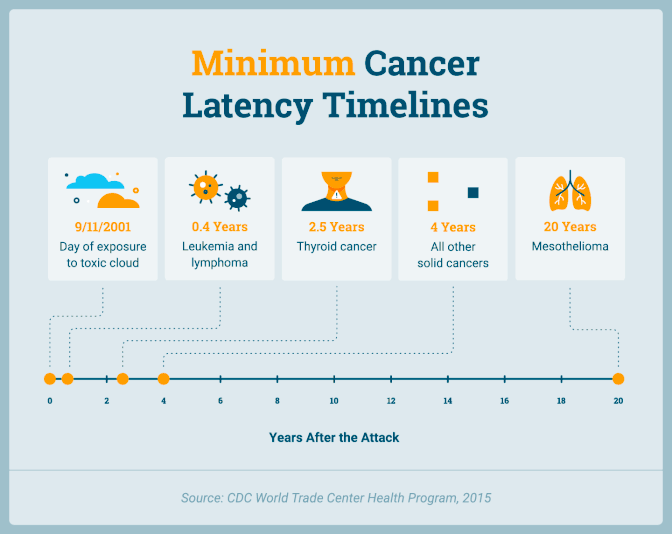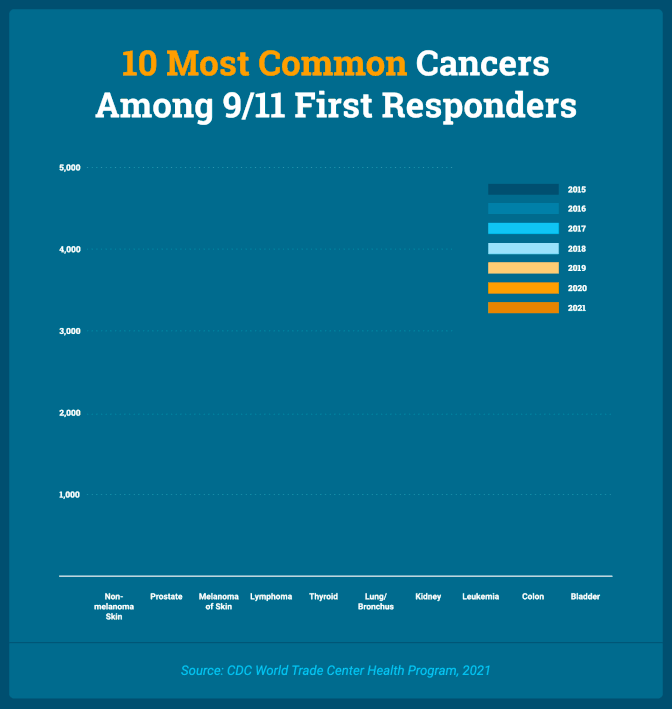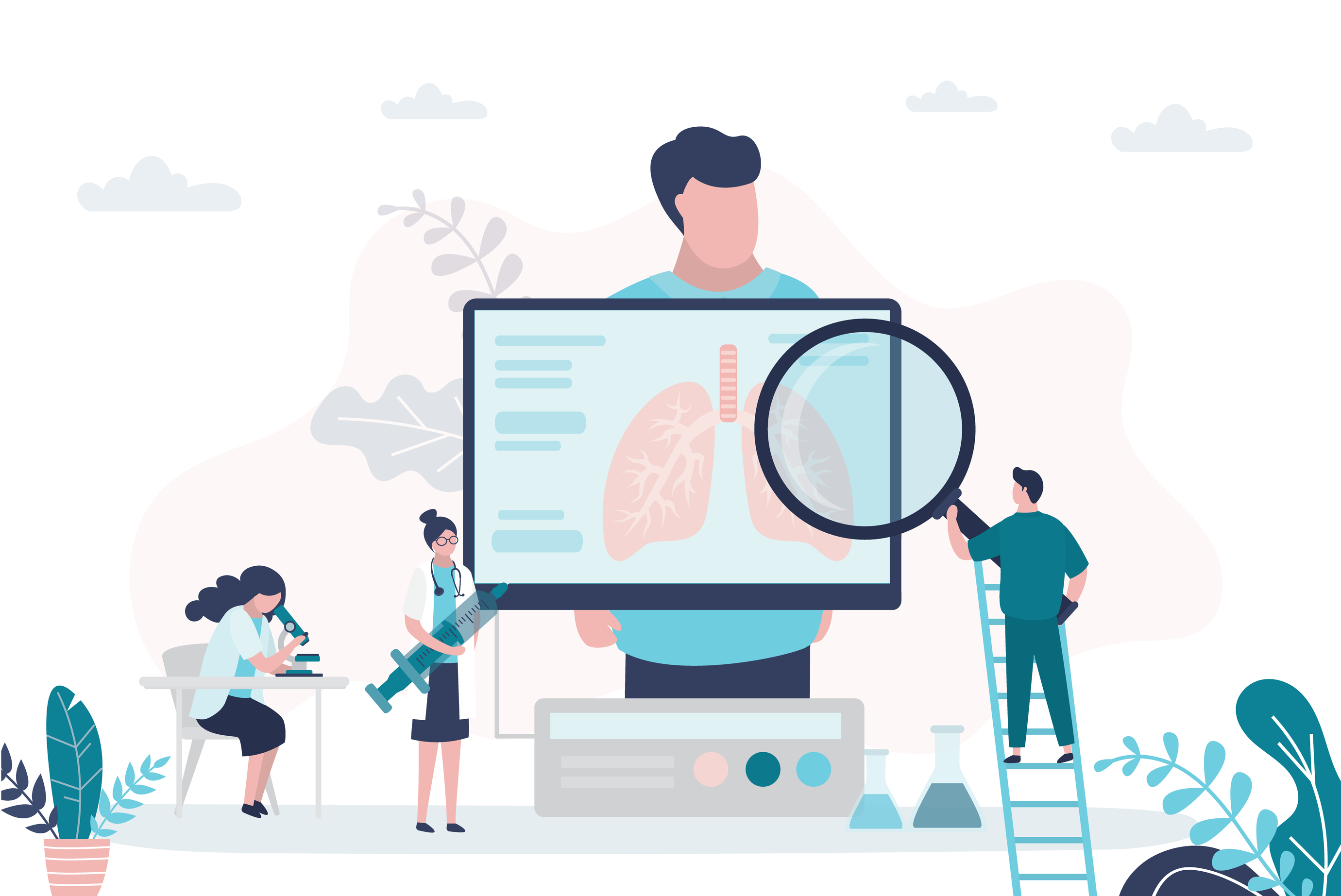New Multi-Cancer Screening Tool to Help Detect Cancer Earlier

Learn more about New Multi-Cancer Screening Tool to Help Detect Cancer Earlier. People in the 9/11 community were exposed to several cancer-causing substances through the toxic dust at Ground Zero. For these patients, a new multi-cancer early detection cancer screening test called Galleri shows promise in finding more types of cancers in earlier stages of development than ever before. Finding and treating cancers early has long been proven to give patients the best hope of recovery and survival.
The Types of Cancers Detected Through Traditional Tests
According to the famed Mayo Clinic cancer hospital, traditional early cancer screenings are only available for a limited set of cancers, including:
- Breast cancer, which doctors detect through mammograms.
- Cervical cancer, which doctors through pap smears, which can detect abnormal cells on the cervix.
- Colorectal (colon) cancer, which doctors screen through stool samples, flexible sigmoidoscopy, colonoscopy, and CT colonography.
- Lung cancer, which doctors detect through low-dose computed tomography (LDCT).
As reported by the Centers for Disease Control and Prevention (CDC), current screening protocols for ovarian, pancreatic, prostate, testicular, and thyroid cancers do not detect those cancers early enough to reduce deaths. Additionally, the screenings used to detect bladder cancer or oral cancer in adults without symptoms and detect skin cancer by visual inspection have not produced enough evidence to balance the benefits and risks of the screening.
The Cancers Galleri Detects
“Today, many cancers are found too late, leading to poor outcomes,” says Mayo Clinic oncologist Dr. Minetta Liu, who developed the Galleri test.
The test, conducted through a single blood draw, can detect more than 50 cancers, including many cancers linked to exposure to 9/11-related toxic exposures:
- Leukemia and lymphoma
- Breast cancer
- Colon and rectal cancers
- Urinary system cancers, including kidney and bladder cancer
- Prostate cancer
- Mesothelioma
- Several types of soft tissue cancers
- Lung cancer
- Esophageal cancer
- Melanoma (skin cancer)
- Cancers affecting the male and female reproductive organs, including endometrial (uterine) cancer
Why Early Detection Matters?
When cancer is detected before it has the opportunity to spread, a patient’s five-year survival rate is four times higher than that of someone whose cancer has spread. Seventy-one percent of cancer deaths result from the lack of an accurate screening tool to provide reliable early detection.
How the Galleri Test Works?
The Galleri test is recommended for adults with elevated cancer risks, such as:
- Anyone over 50 years old is 13 times more likely to have cancer than younger people.
- Those genetically predisposed to certain cancers.
- Those at advanced risk of cancer due to environmental exposure, such as 9/11 responders, cleanup workers, and anyone who worked, lived, or attended school or daycare in the Lower Manhattan exposure zone on 9/11 or in the months that followed.
The Galleri test detects abnormalities in the methylation patterns of cell-free DNA that could indicate cancer. When a cancer signal is detected, the test pinpoints the origin, aiding the patient’s medical provider in making a diagnosis. The test provides a low single false-positive rate of .05 percent.
Currently, the test is available by request from a health care provider. The test involves a blood draw. There is no fasting requirement or advanced preparation required for the blood draw, and the test results are usually available about ten days later. If the provider does not request the test, Genome Medical, an independent telemedicine health care provider, offers it. The list price for the test is $949, and the company offers payment plans to cover it.
Still, the Galleri test does not detect all cancers, and it will not replace all traditional cancer screenings. Rather, it is an additional diagnostic tool that has the potential to enhance medical monitoring and spot cancers earlier than current diagnostic protocols.
The Difficulties Involved in Detecting Cancer in the 9/11 Community
It often takes years or even decades for certain types of cancer to develop. After 9/11, many responders and survivors quickly developed symptoms of non-cancer conditions such as rhinosinusitis, which is the most common 9/11-related condition and involves inflammation of the nasal cavity and paranasal sinuses.
But the latency periods for 9/11-related cancers meant that it would take several years or more before doctors and researchers started detecting an upswing in toxic exposure-related cancers in the 9/11 survivor and responder communities.
A latency period is a time between exposure to a carcinogen (cancer-causing agent) and the development of cancer. The administrators of the World Trade Center Health Program (WTCHP)—a federal program that provides medical treatment and health monitoring to people exposed to toxic fumes, dust, and other materials at 9/11 sites on 9/11 and in the months that followed—were tasked with calculating minimum latency periods for 9/11-related cancers. This allowed them to predict the number of patients who would need Program assistance and the amount of funding that the Program may need.
They established minimum latency periods through direct observation of latencies in each cancer, recommendations from researchers and medical providers about the shortest amount of time between when exposure occurred, and cancer appeared, and statistical modeling.
The minimum latency periods for 9/11-related cancers include:
- For mesothelioma, at least 11 years after exposure to asbestos-containing materials at Ground Zero.
- For other solid cancers, except mesothelioma, lymphoproliferative, thyroid, and childhood cancers, at least four years after exposure.
- For lymphoproliferative or hematopoietic cancers, including all types of lymphoma or leukemia, at least 146 days after exposure.
- For thyroid cancer, at least 2.5 years after exposure.
- For childhood cancers, at least one year after exposure.
Importantly, these are minimum latency periods, and cancer can remain latent for far longer than the minimum. Even though more than twenty years have passed since 9/11, researchers believe many 9/11 responders and survivors will develop a toxic exposure-related cancer.
Latency periods can make it difficult to alert people about their cancer risks and options for treatment. Over the two-plus decades since 9/11, many responders and survivors moved away from New York City and lost touch with the agencies and programs that assisted them early after the attacks. For these individuals, a cancer diagnosis may come as a surprise, and it may not occur to them that it has links to their 9/11 toxic exposures.
The Most Common Types of Cancer to Be Diagnosed in Responders and Survivors
Some common cancers found among the 9/11 responders include:
- Prostate cancer: Compared to the general public, men who were responders at Ground Zero on or in the months following 9/11 are 25 percent more likely to develop prostate cancer.
- Leukemia: Responders are 41 percent more likely to develop leukemia than the general population. Studies suggest that other factors, such as sex, age, and smoking status, also contribute to an increased risk for this type of cancer.
- Thyroid cancer: The risk of developing thyroid cancer is twice as high for 9/11 responders as for the general population. However, researchers believe much of the increased risk results from additional occupational exposures to carcinogens and a genetic predisposition to the disease.
- Lung cancer: It was long the belief that the 9/11 community would see much higher rates of lung cancer than it has. There is reason to suspect that a particularly long latency period for this cancer may yet result in many more diagnoses.
New York Has Approved the Galleri Test
In September 2021, the maker of the Galleri test, GRAIL LLC, announced that the New York State Department had approved the test of Health as a multi-cancer screening tool. This means the test is now available for residents of New York through prescription.
While the Clinical Centers of Excellence that provide the medical care and monitoring services for WTCHP participants in New York City have not yet announced a plan to use the tool in screening for 9/11-related cancers, they are now permitted to do so at a provider’s or patient’s request.
Many of the individuals who have been diagnosed with a 9/11-related condition have additional conditions related to their exposure. Some have more than one cancer linked to 9/11 toxic exposure.
Were You Exposed to 9/11 Toxins? Consider Early Cancer Screening.
Individuals exposed to toxic dust and fumes at Ground Zero and other attack sites on September 11, 2001, or in the months that followed face a heightened risk of numerous types of cancers. However, although many first responders know about the programs available to provide them medical monitoring, care, and financial compensation for the expenses and impacts associated with 9/11-related illnesses, many others who lived, worked, or attended school or daycare in the exposure area do not.
The WTCHP provides medical monitoring and treatment of 9/11-related illnesses through New York City-based Clinical Centers of Excellence and participating medical facilities and pharmacies nationwide. You can obtain monitoring and treatment even if you no longer live in New York, including annual screenings for numerous types of cancers linked to 9/11-related toxic exposure.
If the WTCHP diagnoses you with a covered illness, you can also receive free treatment for your condition from the Program. Diagnosis also makes you potentially eligible to receive financial compensation from the September 11 Victim Compensation Fund (VCF), which pays compensation to individuals suffering from a 9/11-related illness and the family members of individuals who have died from their 9/11-related condition.
VCF compensation includes lost wages and other expenses, and money for the pain and suffering caused by a 9/11-related condition. Pain and suffering damages for non-cancer conditions are up to $90,000 and can reach $250,000 for cancers. Individuals can seek compensation for more than one condition.
Would you like more information about the WTCHP, the VCF, or how to obtain benefits from these programs?
A 9/11 benefits lawyer can help you, starting with a free case evaluation.



